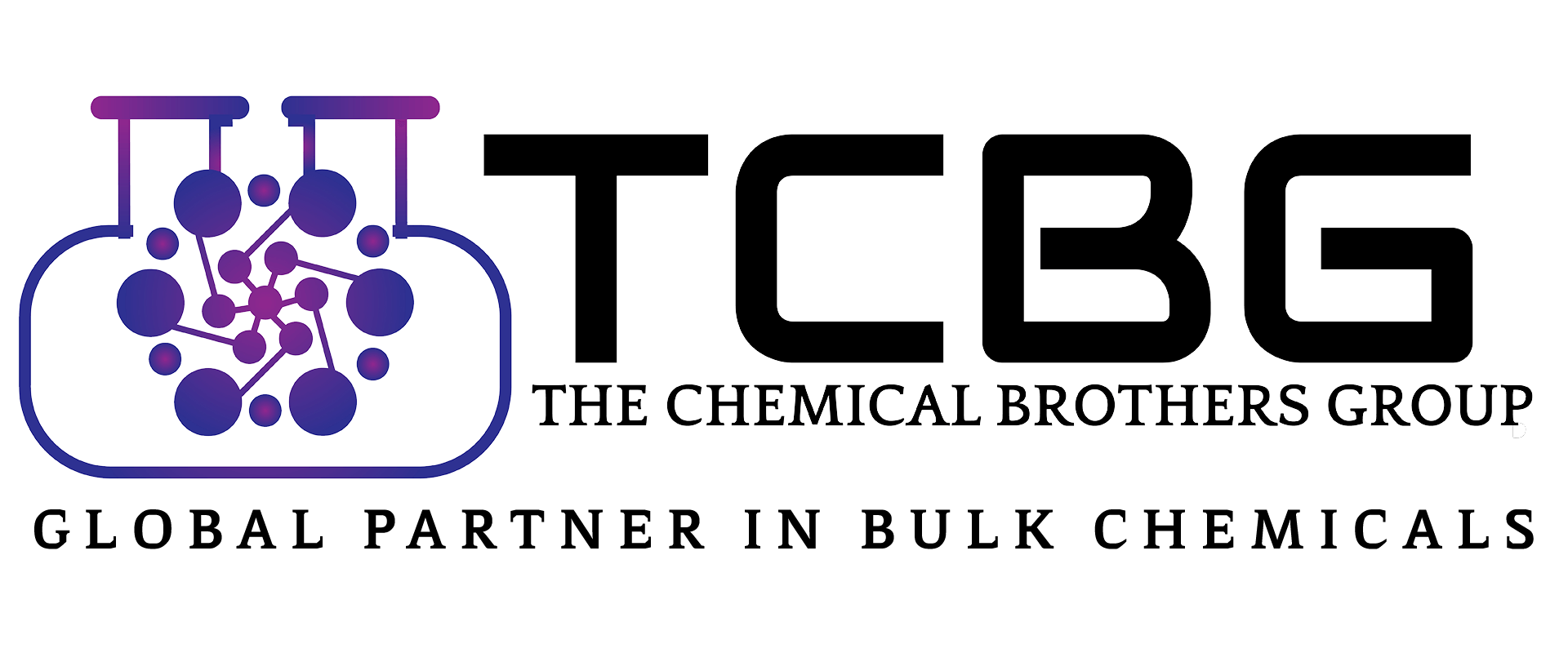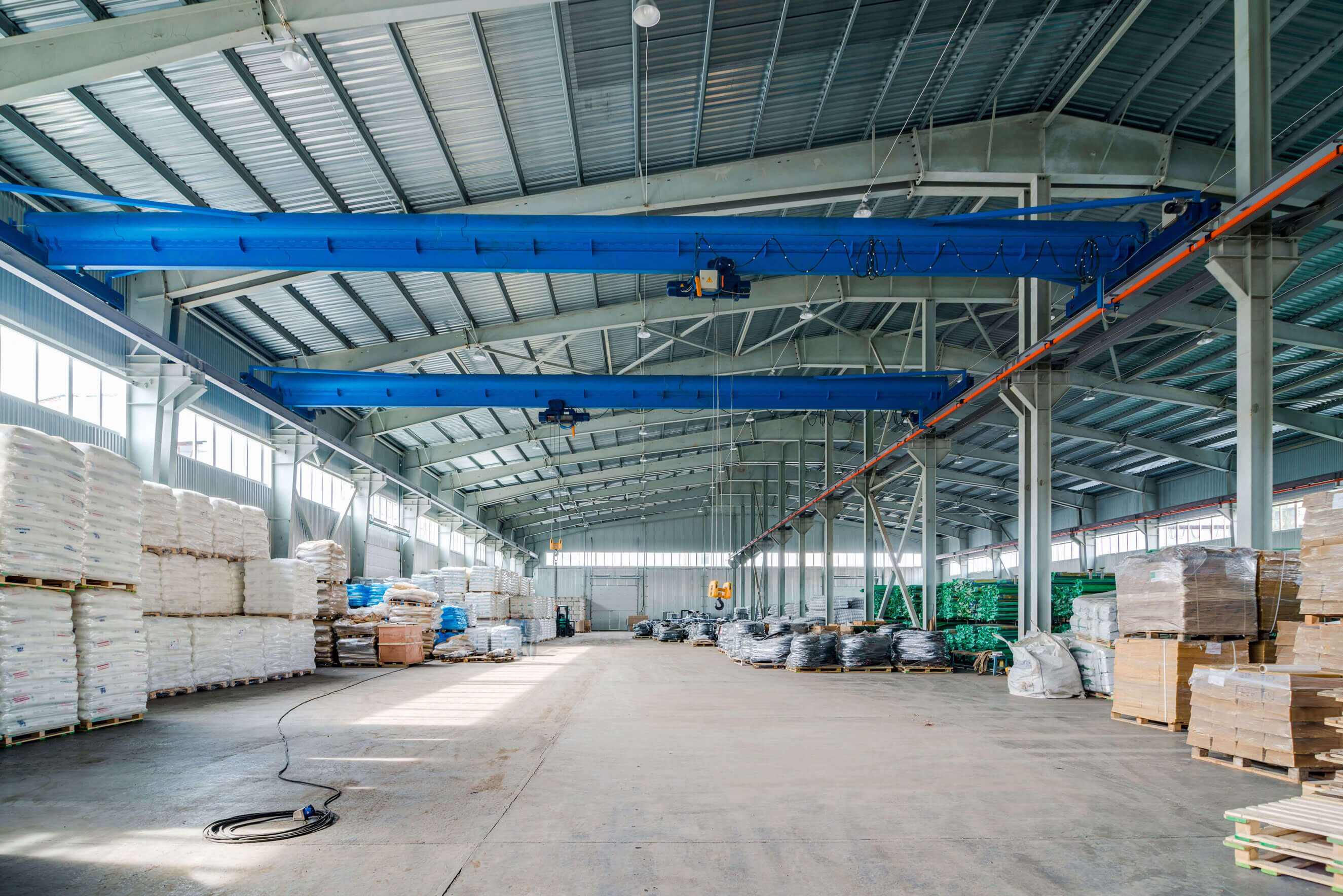Quartz is a mineral composed
of silicon dioxide (SiO2). Here are some details about quartz, including its
Chemical Abstracts Service (CAS) number:
1. Chemical Composition: Quartz is composed of silicon dioxide (SiO2), with each silicon atom bonded to two oxygen atoms in a tetrahedral structure. It is one of the most abundant minerals in the Earth's crust and comes in various forms, including crystalline and cryptocrystalline varieties.
2. CAS Number: The CAS number for silicon dioxide (quartz) is 7631-86-9.
3. Physical Properties:
- Color: Quartz can be colorless or have
various colors, including white, gray, brown, black, purple, pink, and green,
depending on impurities present in its structure.
- Hardness: Quartz has a hardness of 7 on
the Mohs scale, making it relatively durable and resistant to scratching. It is
often used as a benchmark for mineral hardness.
- Transparency: Quartz can range from
transparent to translucent to opaque, depending on its crystalline structure
and impurities.
- Crystal Habit: Quartz commonly forms
six-sided prismatic crystals with pointed terminations. However, it can also
occur in massive, granular, or cryptocrystalline forms, such as agate, jasper,
and chalcedony.
- Cleavage: Quartz lacks true cleavage and
instead fractures conchoidally, producing smooth, curved surfaces when broken.
4. Formation: Quartz forms in a variety of geological environments, including igneous, metamorphic, and sedimentary rocks. It often crystallizes from silica-rich fluids that percolate through rocks or from the cooling of molten magma.
5. Uses:
- Jewelry: Quartz is widely used in
jewelry-making due to its durability, variety of colors, and attractive crystal
shapes. Common gemstone varieties include amethyst, citrine, rose quartz, and
smoky quartz.
- Industrial Applications: Quartz has
numerous industrial uses, including in the production of glass, ceramics,
silicon wafers for electronics, abrasives, and refractory materials.
- Construction: Crushed quartz is used as a
major component in the production of engineered stone countertops, tiles, and
decorative aggregates.
- Technology: Quartz crystals are employed
in electronic devices such as oscillators, filters, and sensors due to their
piezoelectric properties, which allow them to generate and detect electrical
signals.
6. Health and Safety: Quartz dust generated during mining, cutting, or processing operations can pose health risks if inhaled, as it may cause respiratory problems such as silicosis. Proper ventilation and dust control measures are necessary to minimize exposure to airborne quartz particles.
Overall, quartz is a versatile mineral with a wide range of industrial, commercial, and decorative applications, prized for its beauty, hardness, and abundance.
If you need further information or have specific questions, feel free to ask!

.jpg)
